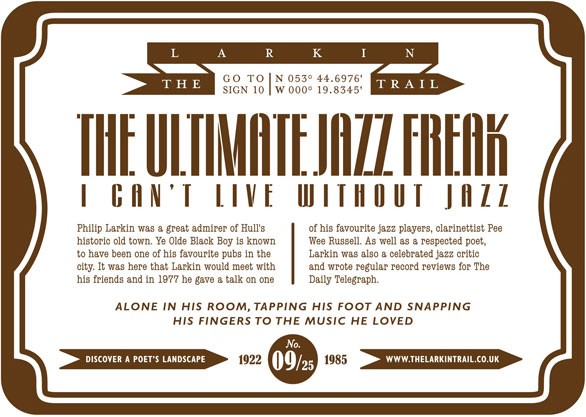Pub of the Month
Ye Olde Black Boy
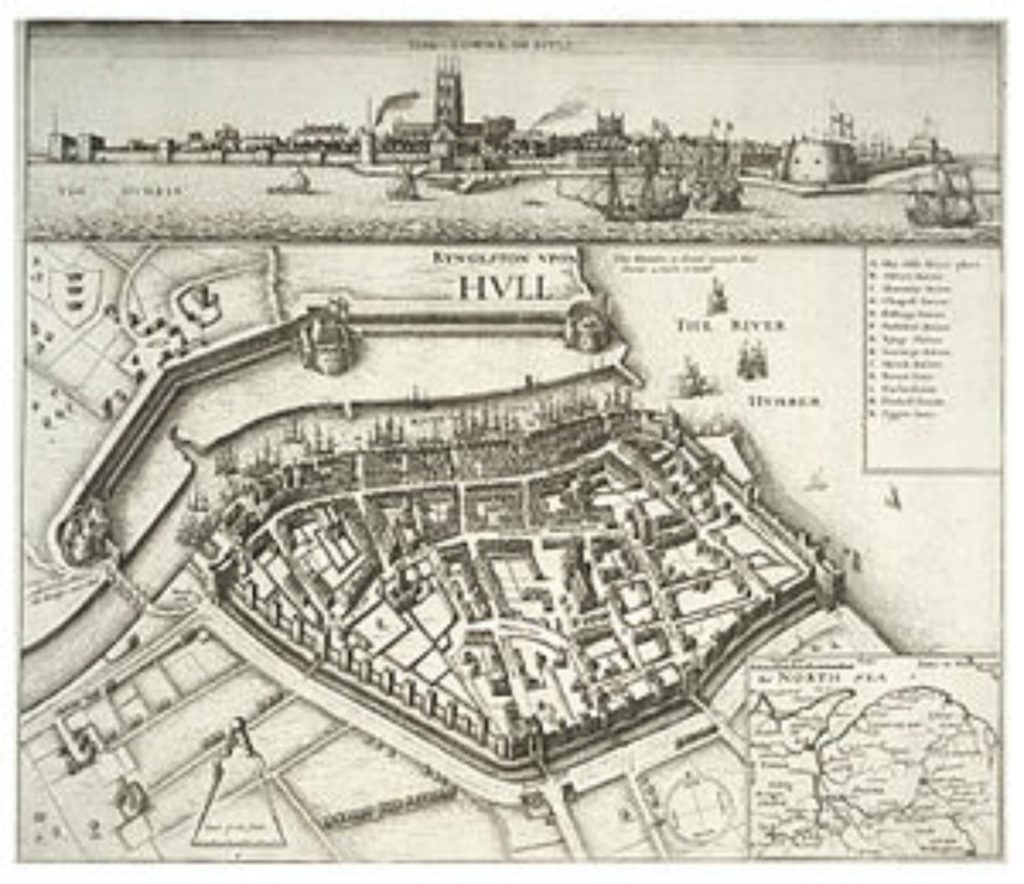
Records of a licensed premises on this site date back to 1729 when William Smith and his wife Mary used the garden area at the rear of their house and erected a Brewhouse on the site. The name Black Boy first appears in deeds dated 1748. Ye Olde Back Boy is one of the few remaining old pubs in Hull that has kept its original style as the building has probably been extensively repaired at various times throughout its long history rather than being demolished and rebuilt.
It initially opened as a pipe shop/tobacconist in 1720 and has served a number of different purposes throughout the years, including, at one time, a brothel. The property changed hands in 1752, then the trail went cold with no records for over 100 years, until 1878, when John Morgan sold the building.
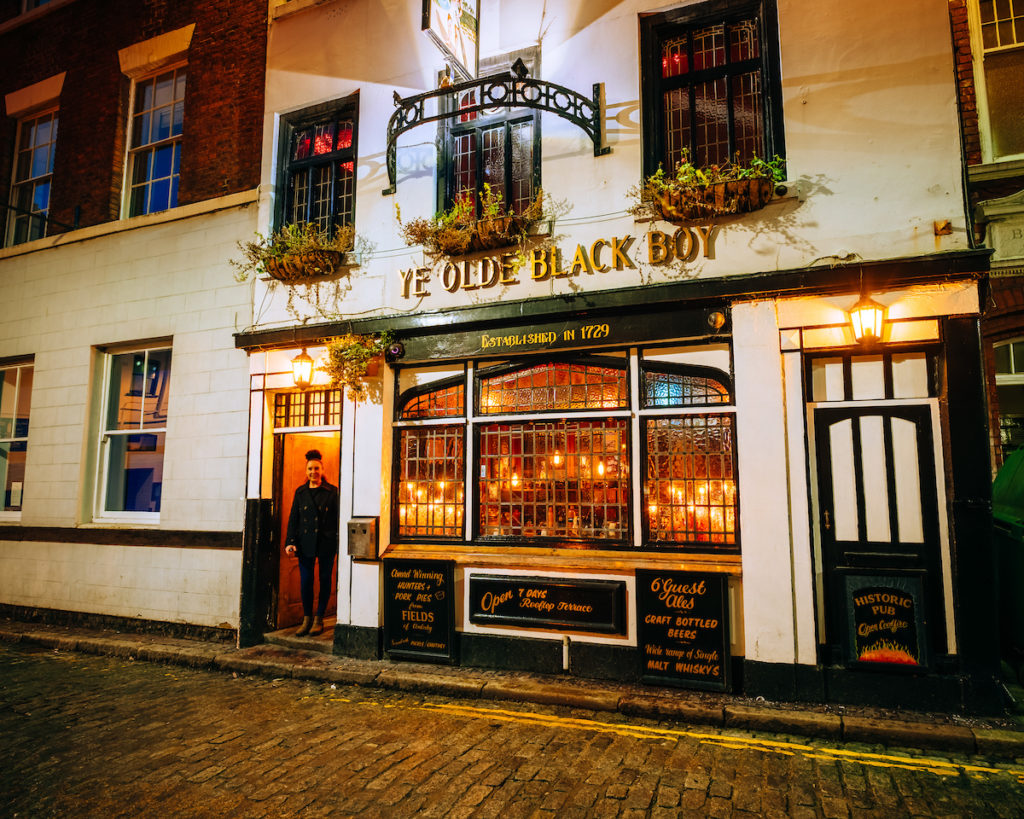
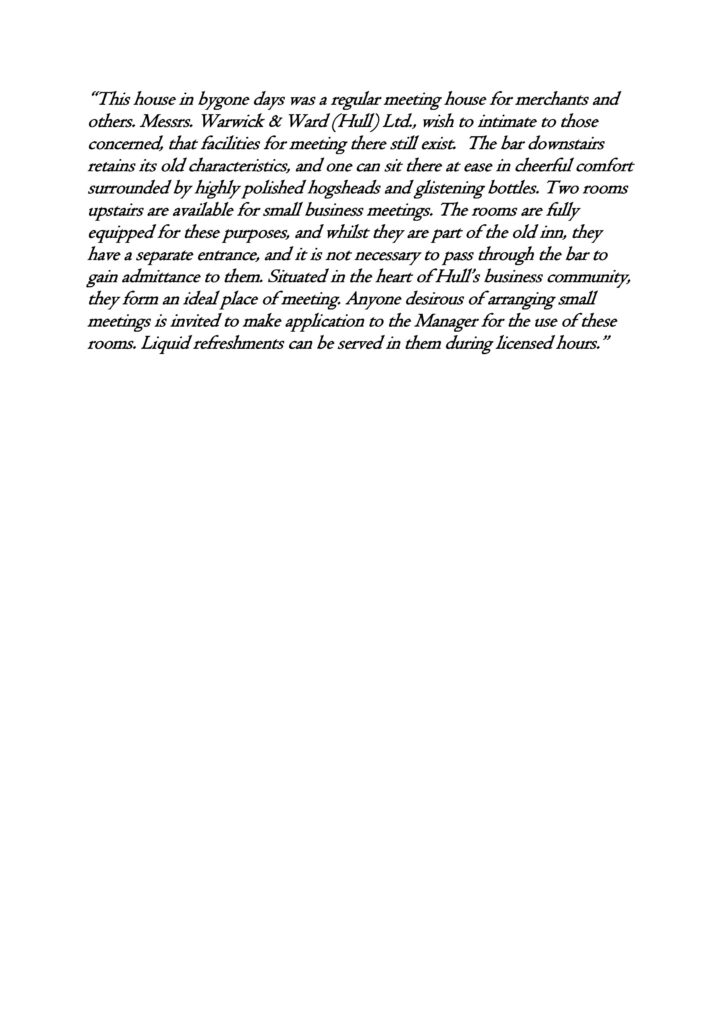
In 1899, a list of licensed houses in Hull’s Old Town was published and included Black Boy as a free house with a rateable value of £120.00, which was considerable as most pubs in the area were around £30 – £50
Between 1923 and 1925, the pub was owned by Warwick & Co. (Hull) Ltd. The below is a promotional leaflet printed with a description of the premises:
Major refurbishments took place in 1926, converting the front offices into a smoke room and adding as serving bar to the rear room. The premises reopened as Ye Olde Black Boy.
The name of this historical gem has and still causes controversy and its origins are unclear. Several stories have arisen over the years, including the name coming from a Moroccan boy who worked in the building when it was a coffee shop in the 1730s; to a pipe smoking American Indian being adopted as a symbol by the tobacco trade at around that time.
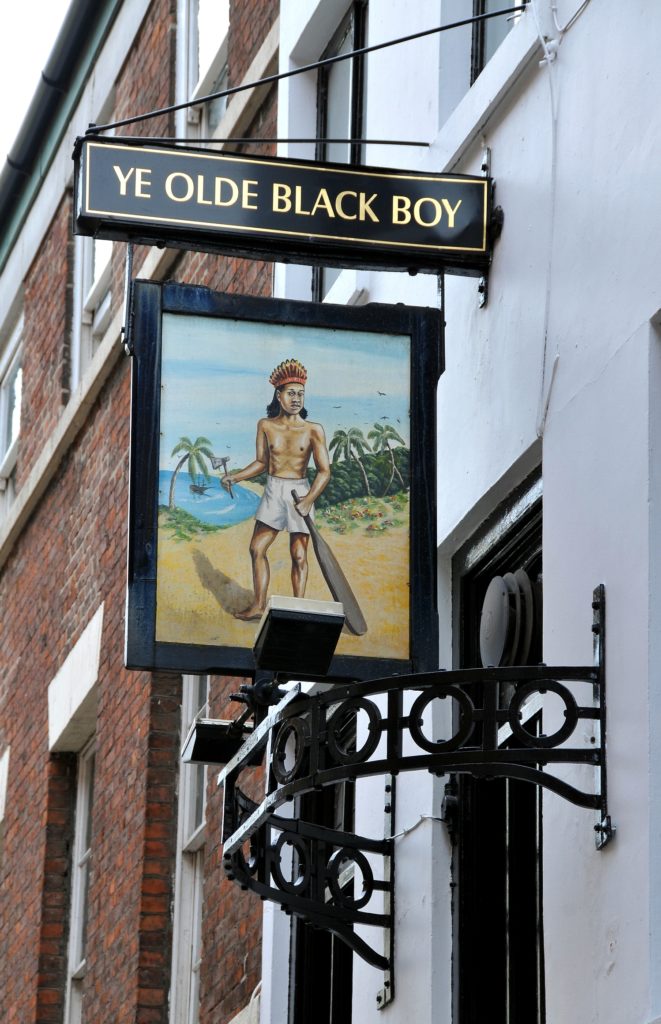
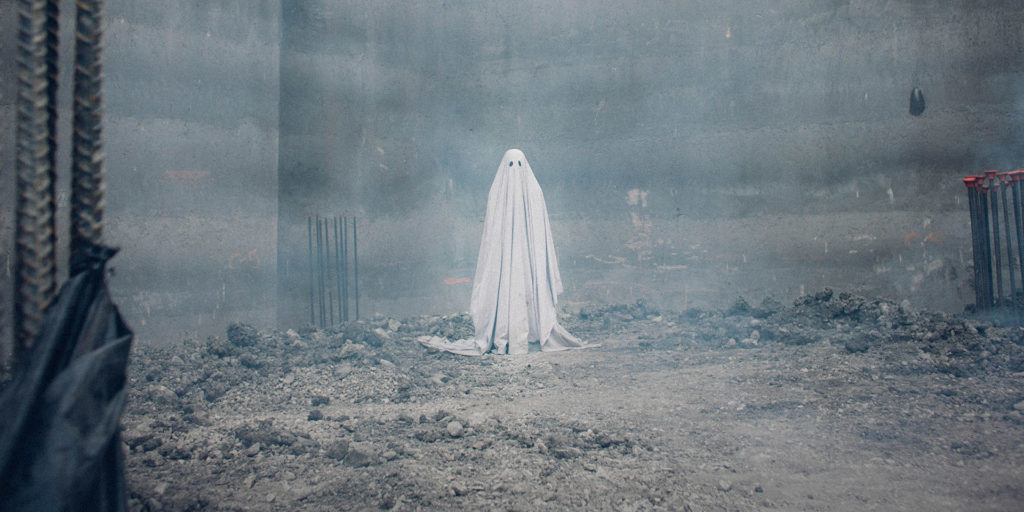
Regulars are supposed to have photos of ghostly apparitions; one was grabbed round the neck by a pair of ghostly hands appearing from the bar wall. Rumour has it that a landlord’s dog was apparently so traumatised by spending a night downstairs in the pub that it had to be put down.
During the 1970’s, Ye Olde Black Boy was reputed to be one of Philip Larkin’s favourite pubs. He gave a talk here to the jazz musician Pee Wee Russell, playing a selection of his jazz collection. His association with the pub is recorded by the Larkin Trail poster located
It would be hard not to enjoy such a night in a cosy pub like this.
